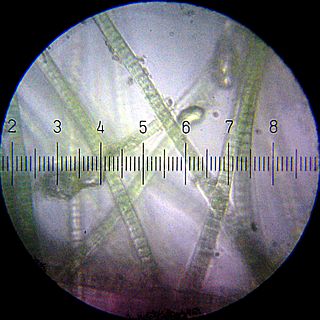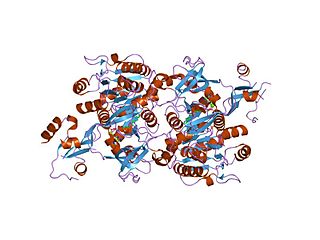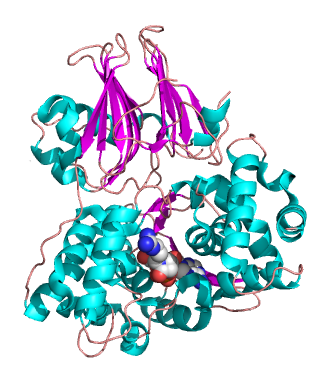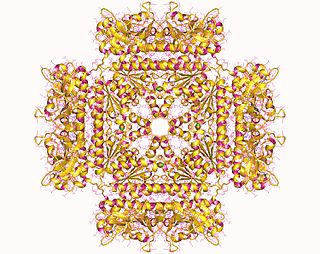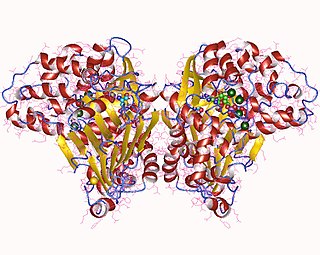| 3-Hydroxypropionyl-CoA synthase | |||||||||
|---|---|---|---|---|---|---|---|---|---|
| Identifiers | |||||||||
| EC no. | 6.2.1.36 | ||||||||
| Databases | |||||||||
| IntEnz | IntEnz view | ||||||||
| BRENDA | BRENDA entry | ||||||||
| ExPASy | NiceZyme view | ||||||||
| KEGG | KEGG entry | ||||||||
| MetaCyc | metabolic pathway | ||||||||
| PRIAM | profile | ||||||||
| PDB structures | RCSB PDB PDBe PDBsum | ||||||||
| |||||||||
3-Hydroxypropionyl-CoA synthase (EC 6.2.1.36, 3-hydroxypropionyl-CoA synthetase (AMP-forming), 3-hydroxypropionate-CoA ligase) is an enzyme with systematic name hydroxypropionate:CoA ligase (AMP-forming). [1] [2] This enzyme catalyses the following chemical reaction
- 3-hydroxypropionate + ATP + CoA 3-hydroxypropionyl-CoA + AMP + diphosphate
This enzyme catalyses a step in the 3-hydroxypropionate/4-hydroxybutyrate cycle.

